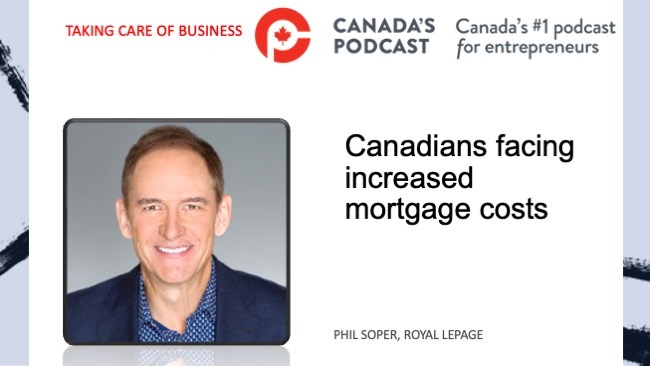Real gross domestic product (GDP) declined 0.3% in the third quarter, following a 0.3% increase in the second quarter. The decrease in international exports and slower inventory accumulation were partially offset by increases in government spending and housing investment. Final domestic demand increased 0.3%, following a similar increase in the second quarter, reported Statistics Canada on Thursday.

Anna Tarazevich
The federal agency said exports of goods and services fell 1.3% in the third quarter after increasing 1.3% in the second quarter. The leading contributor to the decrease was refined petroleum energy products, which dropped 25.4% in the third quarter after rising 23.9% in the second quarter.
“Among industries, manufacturers recorded a withdrawal in inventories in the third quarter of 2023 after six consecutive quarters of accumulations. Non-durable manufactured goods posted the largest quarterly withdrawal in inventories since the fourth quarter of 2010, while wholesale inventories withdrew for the first time since the first quarter of 2022. In contrast, retail inventories grew in the third quarter of 2023, primarily due to a buildup in motor vehicles inventories, which more than offset the inventory withdrawals in the manufacturing and wholesale sectors.”
StatsCan also reported on Thursday that Real gross domestic product (GDP) edged up 0.1% in September. Goods-producing industries (+0.3%) led the growth with a first increase in six months, while services-producing industries were essentially unchanged. Overall, 10 of 20 industrial sectors increased.
“Well, it’s not a technical recession, but it’s not good either. While the Canadian economy contracted more than expected in the third quarter, the upward revision to Q2 and the positive flash estimate for October should ease some recession concerns. Plus, when we strip out external factors related to trade, the Canadian economy grew at much better +1.3% q/q pace. Collectively, this points to a positive but still weak forecast of around +0.7% q/q for the fourth quarter, ” said James Orlando, Senior Economist at TD Economics.
“There is no reason for the Bank of Canada to hike again. When the BoC decided to hike in June and July it was because Q1 2023 growth was surging alongside a recoil in housing demand. But that was short-lived, with spending, employment gains, and overall inflation easing ever since. We expect below trend economic growth to continue over the coming months, which will push inflation gradually closer to the 2% target. This will give the BoC a few months before it starts to prepare markets for rate cuts, which we expect will start in April 2024.”
Doug Porter, Chief Economist with BMO Economics, said there are plenty of unexpected cross currents in the report, but the big picture is that the Canadian economy is struggling to grow, yet managing to just keep its head above recession waters.
“One way to capture that is that in the six months to September GDP rose 0.04%, or basically unchanged. The significant (upward) revisions to Q2 show us to not read too much into the decimal points on this report—don’t like today’s news?; Just wait, it will change tomorrow. For the Bank of Canada, the net result of the Q2 revision, the downside surprise for Q3 and the decent start for Q4 is nearly a wash, with perhaps a slight downside tilt. (Unlike us, the BoC was expecting growth of 0.8% in Q4.) So, overall, today’s mixed report reinforces the point that the Bank is done hiking rates, but doesn’t really advance the cause for rate cuts, as the economy isn’t showing signs of further deterioration early in Q4,” he said.

Mario Toneguzzi
Mario Toneguzzi is Managing Editor of Canada’s Podcast. He has more than 40 years of experience as a daily newspaper writer, columnist, and editor. He was named in 2021 as one of the Top 10 Business Journalists in the World by PR News – the only Canadian to make the list
About Us
Canada’s Podcast is the number one podcast in Canada for entrepreneurs and business owners. Established in 2016, the podcast network has interviewed over 600 Canadian entrepreneurs from coast-to-coast.
With hosts in each province, entrepreneurs have a local and national format to tell their stories, talk about their journey and provide inspiration for anyone starting their entrepreneurial journey and well- established founders.
The commitment to a grass roots approach has built a loyal audience on all our social channels and YouTube – 500,000+ lifetime YouTube views, 200,000 + audio downloads, 35,000 + average monthly social impressions, 10,000 + engaged social followers and 35,000 newsletter subscribers. Canada’s Podcast is proud to provide a local, national and international presence for Canadian entrepreneurs to build their brand and tell their story.





